What did historical figures look like in the cinema and in reality
By Pictolic https://pictolic.com/article/what-did-historical-figures-look-like-in-the-cinema-and-in-reality.htmlFilm directors and screenwriters, shooting pictures about historical figures, often distort history in the direction of drama and heroism. This technique is necessary for a more interesting and exciting plot. We decided to compare how historical figures looked in the cinema and in reality.
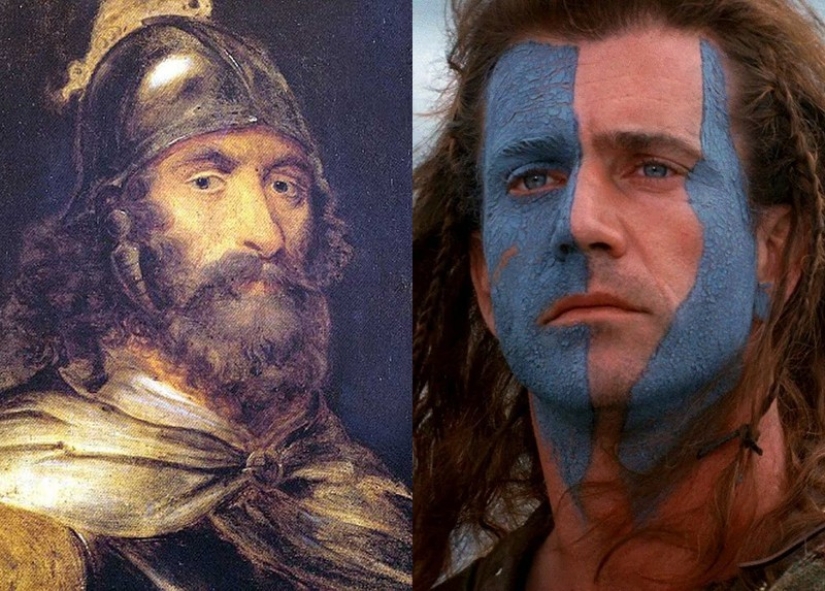
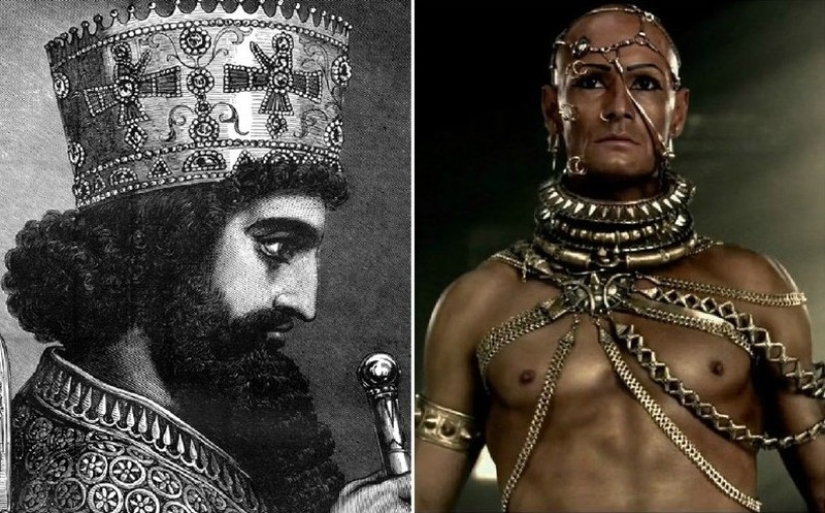
1. Xerxes I. "300 Spartans"
Xerxes was a Persian king from the Achaemenid dynasty, who ruled in 486-465 BC. He came to the throne at the age of about 36 years. According to ancient legends, Xerxes was sluggish, narrow-minded, characterless, easily obeyed someone else's influence, but was distinguished by self-confidence and vanity. Eastern sources depict a completely different personality. They portray Xerxes as a wise statesman and an experienced warrior.
Xerxes himself, in an inscription found near Persepolis and, however, essentially being only a copy of the inscription of Darius I, declares that he is wise and active, a friend of truth and an enemy of lawlessness, protects the weak from the oppression of the strong, but also protects the strong from injustice on the part of the weak, knows how to control his feelings and does not make hasty decisions, punishes and rewards everyone according to his offenses and merits.
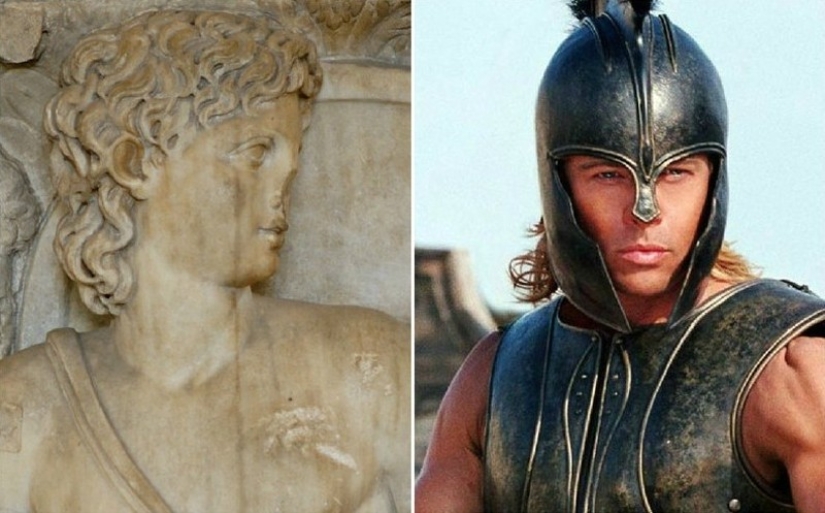
2. Achilles. "Troy"
Achilles is a hero of the Trojan War, the son of Peleus, king of the Myrmidons in Phthia (Thessaly), and the sea goddess Thetis. The bravest of the heroes in the ancient legends of the ancient Greeks. Legend has it that Thetis dipped the baby in the waters of the Styx, so that no weapon could damage Achilles ' body. Only the heel remained vulnerable, by which his mother held him, lowering him into the underground river.
After Thetis left Peleus, Achilles was handed over by his father to the centaur Chiron, who fed him with the entrails of lions and wild boars, taught him healing, the art of singing and playing the lyre. According to the canonical version of the myth, Achilles was killed by Paris, whose arrow Apollo sent to the only vulnerable place of the hero — his heel.

3. Maximin I the Thracian. "Gladiator"
The prototype of General Maximus from the movie "Gladiator" is Gaius Julius Verus Maximinus the Thracian. Roman emperor from March 20, 235 to March 22, 238, the first "soldier emperor" and the first emperor to rise to this position from the very bottom. He stood out for his huge height and physical strength. In his early childhood, he was a shepherd, as well as a leader of the youth, he arranged ambushes against robbers and protected his own from their attacks.
He began his military service in the cavalry under Septimius Severus. He stood out for his huge height (according to unverified data-over 2.5 m) — a woman's bracelet could only be worn on a finger, and was also distinguished by valor, courageous beauty, indomitable temper, was harsh and arrogant, contemptuous in his treatment, but often showed justice.

4. William Wallace. "Braveheart"
William Wallace is a Scottish knight and military commander, one of the leaders of the Scots in the War of independence from England. Guardian of Scotland (Regent) in 1297-1298. He is revered in Scotland as a patriot and a national hero. In the film, the image of Wallace is very different from the real prototype (William is represented by a peasant who fights without armor, etc.).

5. George VI. "The King speaks"
George VI is the King of the United Kingdom of Great Britain and Northern Ireland, Canada, Australia and South Africa since December 11, 1936. George VI is the father of the current Queen of Great Britain Elizabeth II.
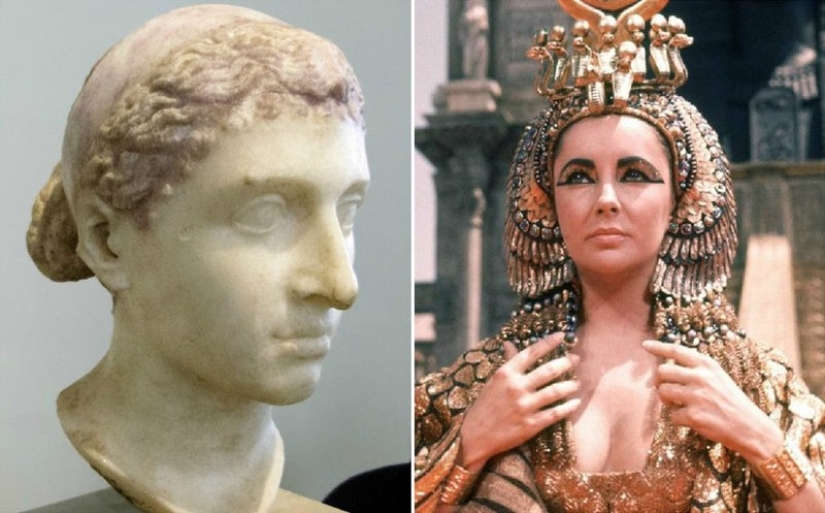
6. Cleopatra VII Philopator. "Cleopatra"
The last queen of Hellenistic Egypt from the Macedonian Ptolemaic dynasty. She became famous thanks to the dramatic love story of the Roman commander Mark Antony. During her reign, Egypt was conquered by Rome, Cleopatra herself committed suicide in order not to become a prisoner of the first Roman emperor Octavian Augustus. Cleopatra became one of the most popular ancient characters in films and literary works.
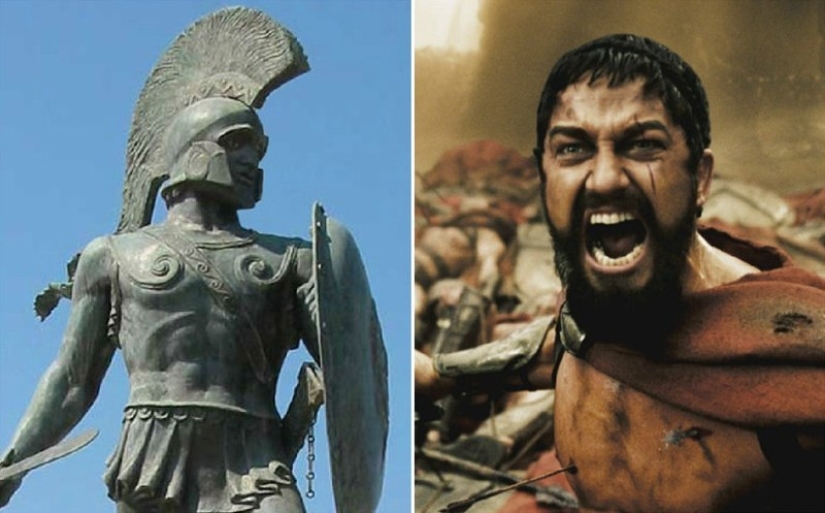
7. Leonid I. "300 Spartans"
Leonidas was a king of Sparta from the Agid family, who ruled in 491-480 BC, the son of Anaxandrid. He was considered a descendant of Hercules in the 20th generation. During the ten years of his reign, Leonid did nothing significant, but immortalized his name with the battle of Thermopylae. With six thousand soldiers (including a personal guard of 300 Spartans), he defended the Thermopylae Passage during the offensive of the Persian troops and died in battle.
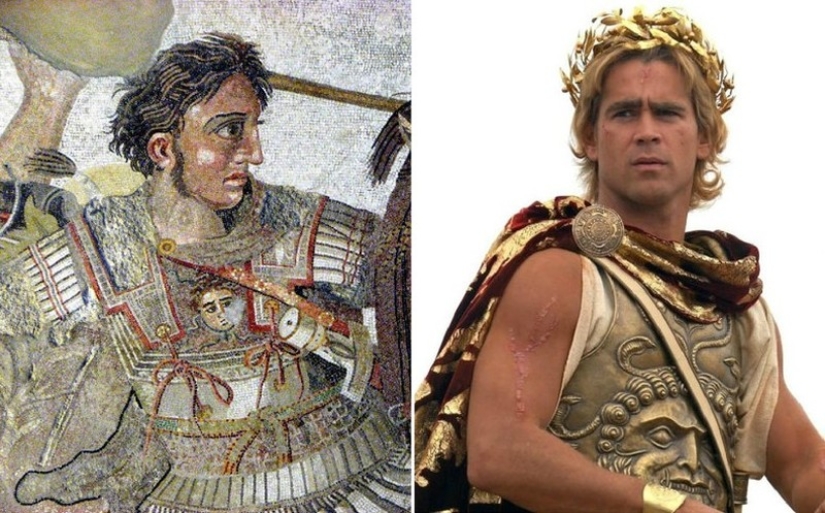
8. Alexander the Great. "Alexander"
A Macedonian king from 336 BC from the Argead dynasty, a commander, the creator of a world power that collapsed after his death. In Western historiography, he is better known as Alexander the Great. Even in Antiquity, Alexander gained the fame of one of the greatest generals in history.
Having ascended to the throne at the age of 20 after the death of his father, the Macedonian king Philip II, Alexander secured the northern borders of Macedonia and completed the subjugation of Greece by defeating the rebellious city of Thebes. In the spring of 334 BC, Alexander began a legendary campaign to the East and in seven years completely conquered the Persian Empire. Then he began the conquest of India, but at the insistence of the soldiers, tired of a long campaign, he retreated.
The cities founded by Alexander, which are still the largest in several countries today, and the colonization of new territories in Asia by the Greeks contributed to the spread of Greek culture in the East. Almost reaching the age of 33, Alexander died in Babylon from a serious illness. Immediately, his empire was divided by his generals (diadochs) among themselves, and a series of wars of the diadochs reigned for several decades.
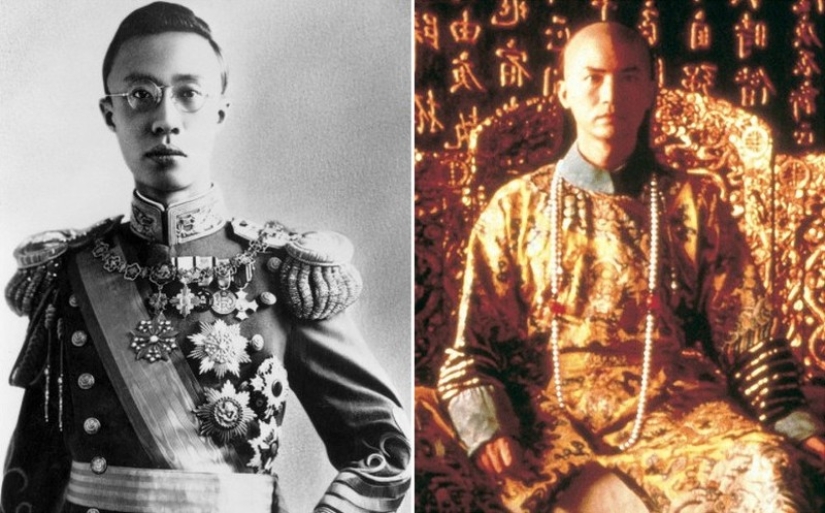
9. Pu I. "The Last Emperor"
The last emperor of the Manchu Qing dynasty — Aixinjuelo (in Manchu — Aisin Giro, "golden family") was born on February 7, 1906, and was enthroned in 1908. As a result of the revolution of 1911, Pu Yi abdicated on February 12, 1912. Power passed to President Yuan Shikai. After living for 13 years in "preferential conditions", Pu Yi was expelled by the Republican army in 1924. In 1932, he became the supreme ruler of Manchukuo. August 19, 1945 is the last day of the reign of the last emperor of China.
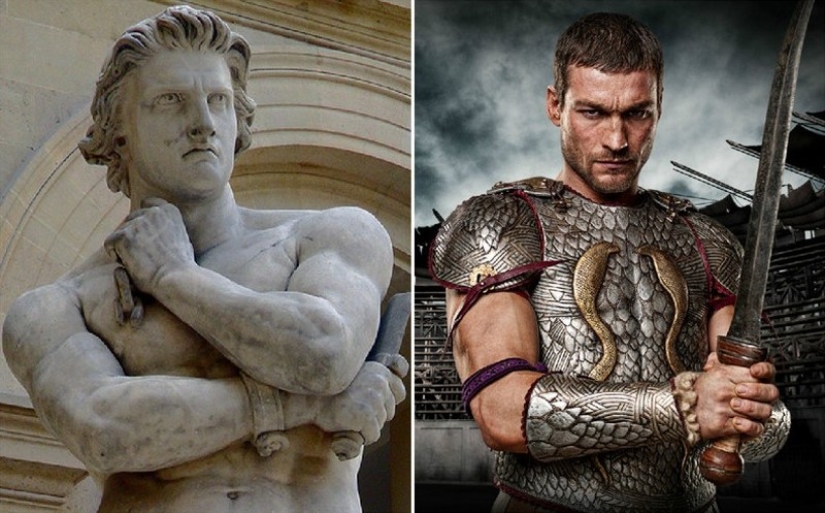
10. Spartacus. "Spartak: Blood and Sand"
A former soldier from Thrace, who was captured by the Romans and turned into a gladiator slave. He led an uprising in the territory of modern Italy in the period 74-71 BC. His army, consisting of escaped gladiators and slaves, defeated several Roman legions in a number of battles, including two consular armies. These events went down in history as the Spartacus Revolt — the third largest slave revolt in Rome after the first and second Sicilian revolts.
Keywords: History | Actors | Movie | Role | Plot
Post News ArticleRecent articles

She was the brightest star in the American music for several decades. Chocolate beauty with a white smile and amazing powerful ...

These things are for today's children will be a rarity, and for some they are not even able to come up with a present purpose. ...
Related articles

In 1969, a healthy food restaurant opened on the Sunset Strip in Los Angeles-one of the first in the country, and possibly in the ...

In 1922, the 16-year-old canadian Aloha Vandervell went on an adventurous expedition through the world by car Ford Model‑T became ...

Remember how broke the "unbreakable" scoop? The photo preserved in the photo album of almost every family! A selection of vintage ...

Almost every day we eat products made from plants that contain deadly poisons. Many of us believe that there is nothing healthier ...